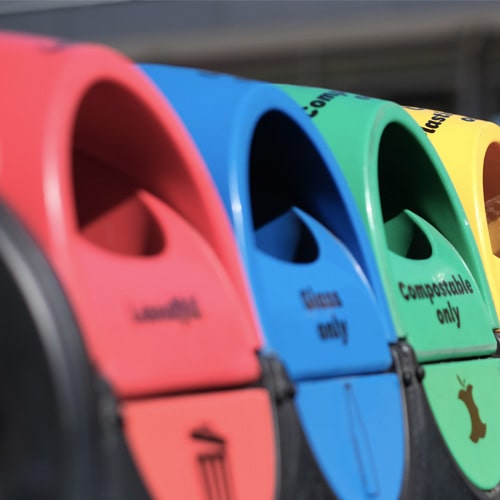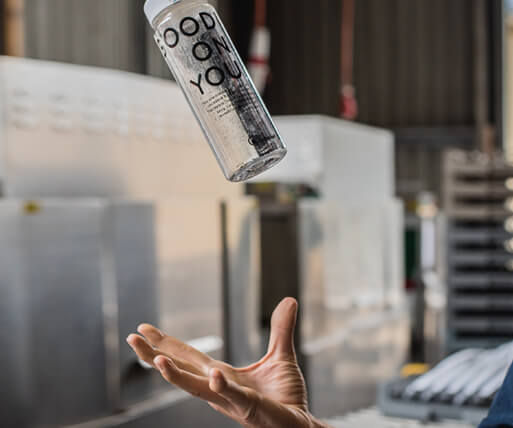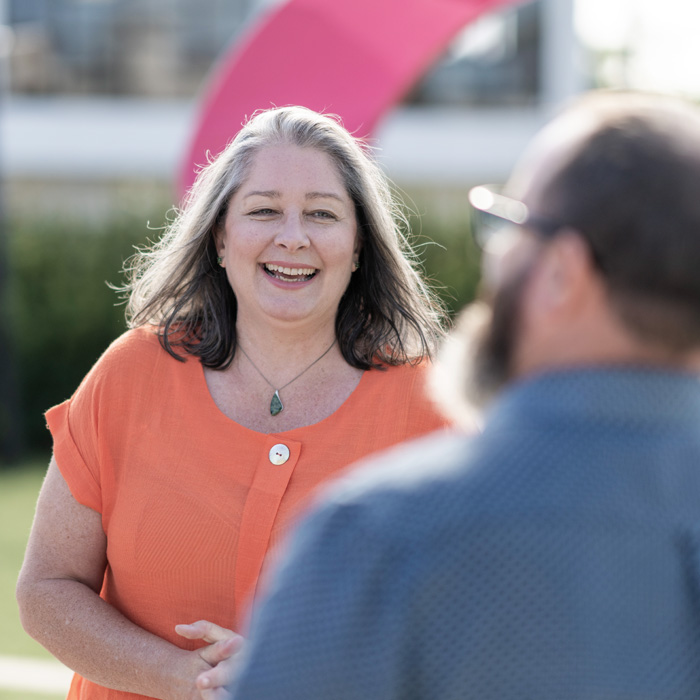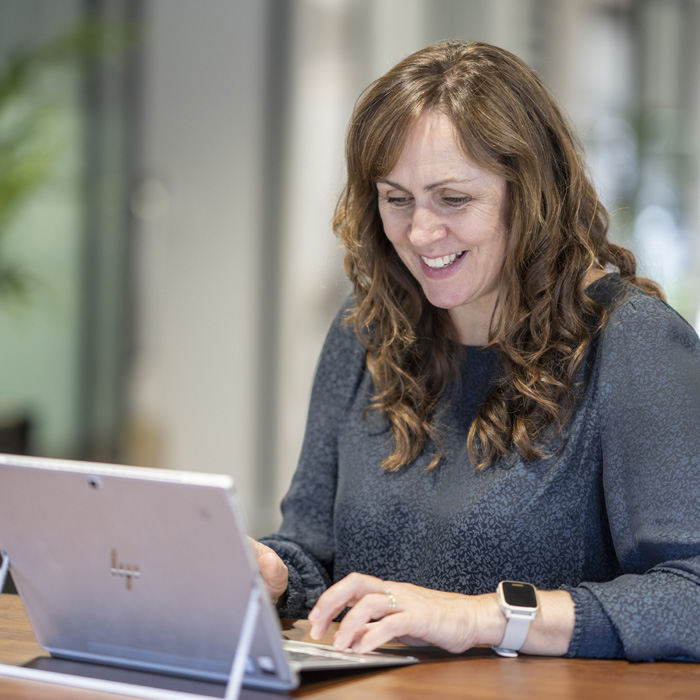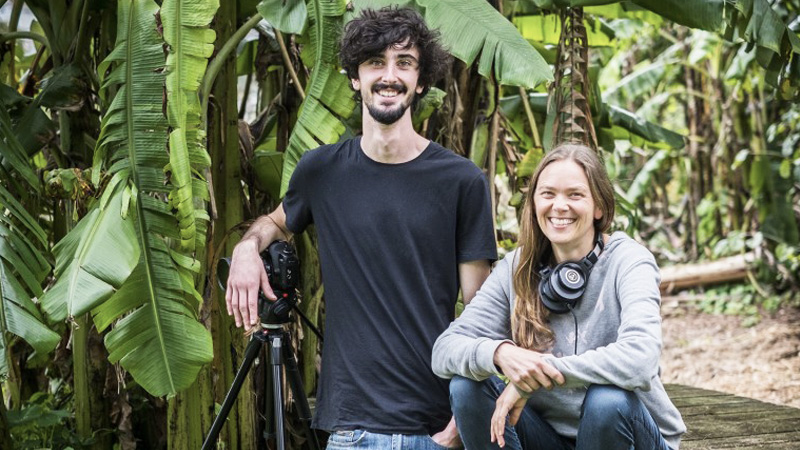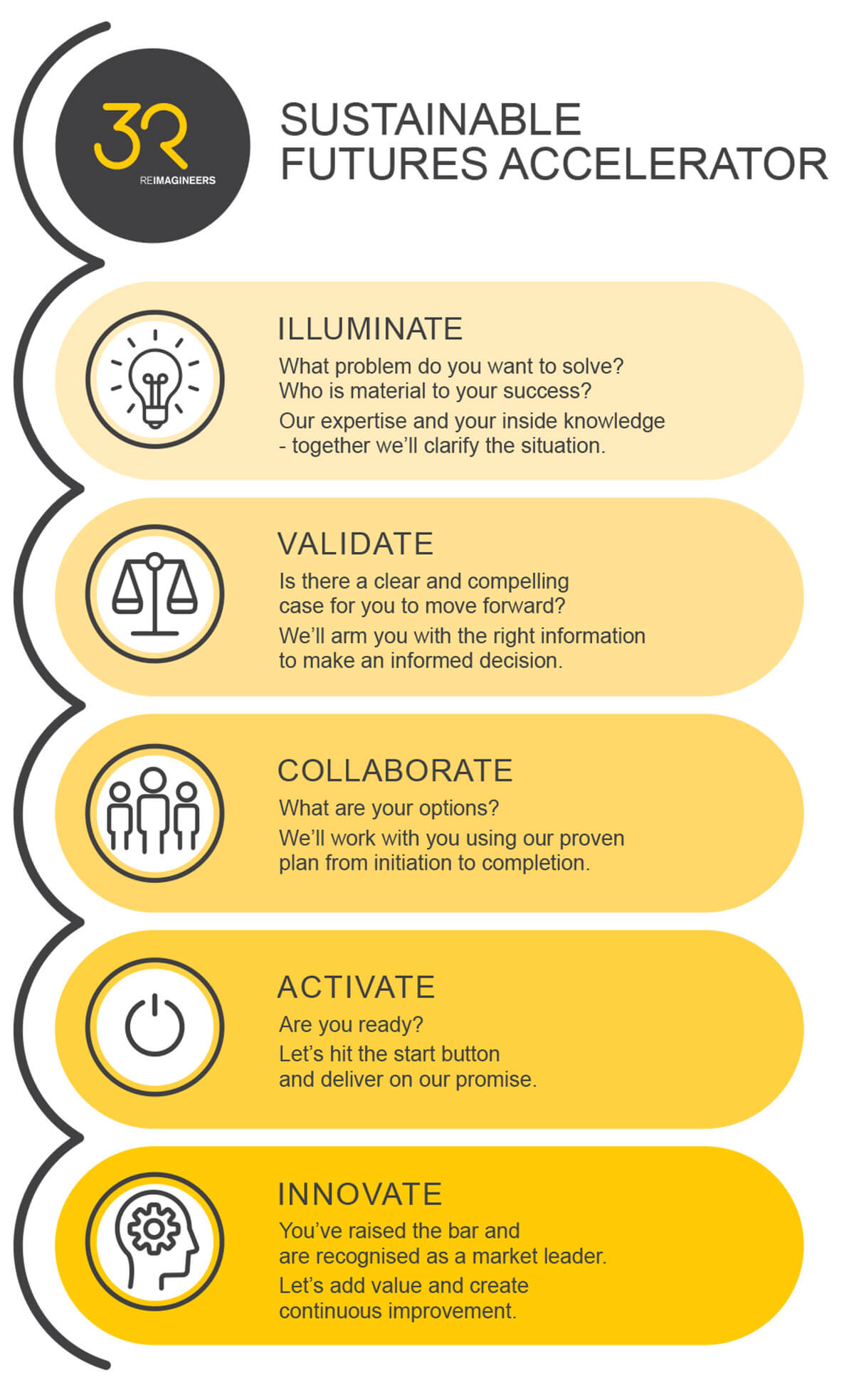Film about thinking global, acting local
3R hosted a movie night featuring the Kiwi-made documentary Living the Change, as the first Sustainable Business Network Business Connector event of the year, on April 19. We caught up with the flimmakers Antoinette Wilson and Jordan Osmond.
What inspired you and Jordan to make this film in the first place?
When we began this project we were at the end of a year-long living-on-set project making our first feature film, A Simpler Way: Crisis as Opportunity, in which we explored many of these issues through the perspective of a group of people living simply, living in community and seeking to understand what it would take to live with a ‘one-world footprint’.
That project was a huge learning curve for us as filmmakers, as simple livers, as community dwellers and it instilled in us not only a sense of urgency about the issues, but an understanding that there are solutions and that knowing the solutions is empowering, where knowing only the issues can be enormously dis-empowering. We wanted to share the stories of people who were living in a solutions-focused way.
Over what period was it shot and how did you get in contact with the people featured in the film?
Initially we’d planned a series of short films about people “living the change”, which we would post on YouTube for free viewing. We did a whole lot of online research as well as connecting with people we knew or who we thought could help.
In the end we visited probably only half the people we’d encountered online because everywhere we went to shoot, someone would find out what we were doing and say, “Oh you should meet such and such!” This was fantastic because there are so many people doing amazing things who don’t have an online presence.
We’d shot about 7 short films after about a year and we were also shooting interviews with people we met along the way who could speak to the big issues, but didn’t necessarily have a story that could be woven around their interviews. We knew we would use this material somehow but in time we thought why not combine these amazing interviews about the issues with the short films about people carrying out the solutions?
So in July 2017 we sat down for two weeks and wrote a story and eventually – after many more drafts than we anticipated! – that became Living the Change.
What do you hope the film will inspire and do you have plans for similar projects in the future?
Someone asked us as we were releasing the film, “What will make it a success for you?” I think they were asking how much money would we need to make to feel it was a success, but we reached the same conclusion: Success would be if in a few years time we heard from people saying, “Hey I saw the film x years ago and since then I started this project and began living this way/got involved with this group…” etc.
We hope people will be inspired to take positive action as individuals and in their community, doing whatever feels natural and right. No one can make all the necessary changes at once, but everyone can find some little thing that fits for them and we hope the broad scope of subjects in the film helps to inspire in people what their thing – or their next thing – might be.
Yes, we have lots of exciting films in the pipeline! And the themes will continue in this line – we love making films for joy of filmmaking, but our mission is to make films that inspire positive change.
What has some of the feedback been since it was released?
We’ve had amazing feedback, the majority of it beautifully positive. We’ve also had some great critical feedback, which has helped us as storytellers and filmmakers to consider strengths and weaknesses for future projects. One guy in Hobart found it “fundamentally flawed” but we can’t please everyone. This is one of my favourite pieces of feedback:
“We just had the screening in Stratford today and it was a huge success. We had a total of 70 viewers come (a big achievement for a small town theatre) and from all around Taranaki. After the film I facilitated a forum about what we are doing here in Taranaki and what the future holds for us, where around 50 people stayed behind. I’m buzzing out about how great the turnout was, how great the doc was, and how beautiful the new connections that were made are. So thank you!”
– Ness Radich, Taranaki
It is probably quite difficult to choose, but is there a segment in the film that captures you most?
For Antoinette: Jordan laughs at me because I always, despite having watched the film a zillion times and another zillion back to front, get teary when Helen Dew, the incredible Carterton activist still charging ahead at age 82, says of one of her many successes in local activism: “And that feeds me. That encourages me. That I’m doing something useful. It’s my time to give something back to the community that’s been so good to me. Where I’ve raised my kids and had such a good life.”
Helen has incredible energy for all things complementary currency/food growing/seed saving and has contributed enormously to her community. She’s an inspiration and a local hero!
For Jordan: While we found every story inspiring (that’s why we filmed them!) Robyn and Robert Guyton’s 23-year-old food forest particularly inspired me because it showed me the incredible impact that people can have in regenerating the world.
Human impact doesn’t have to be a negative thing! I would love to grow a food forest of my own one day.

